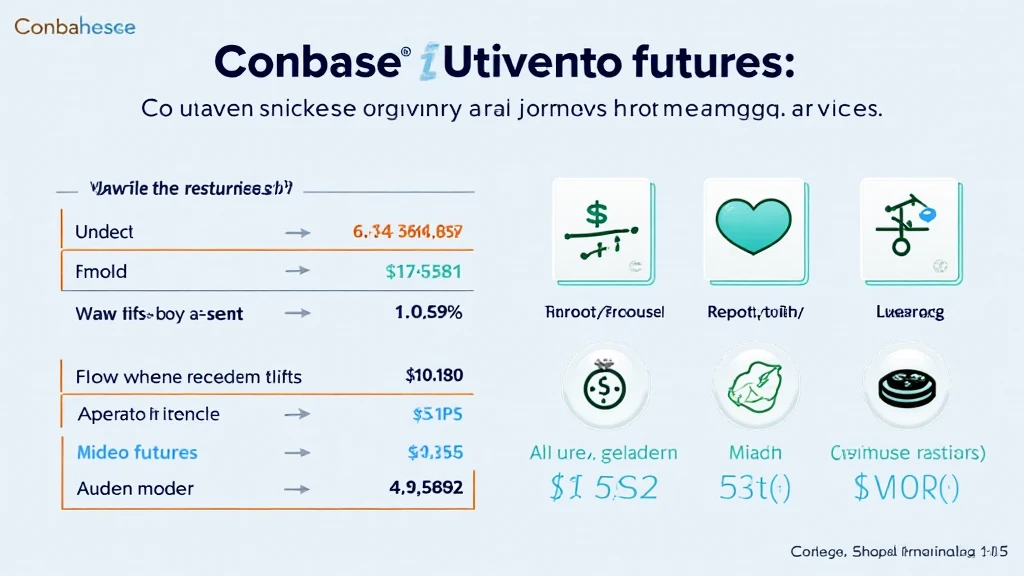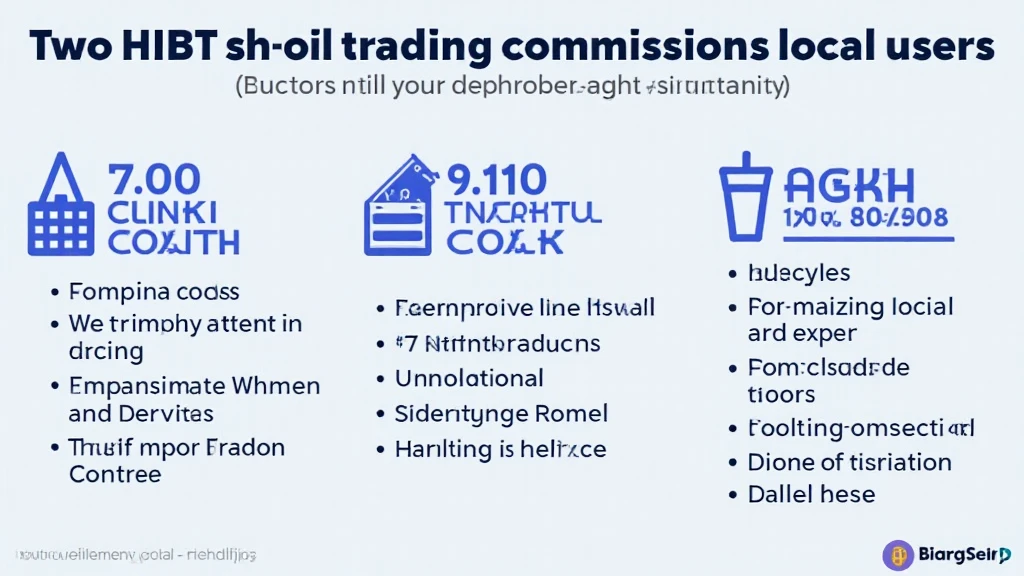Coinbase Crypto Futures Margin Requirements Explained
In the rapidly evolving world of cryptocurrencies, traders are always on the lookout for viable strategies to maximize their profits while minimizing risks. Margin trading is one such strategy that allows traders to gain exposure to a greater volume of assets than they could with their available capital alone. As such, understanding the Coinbase crypto futures margin requirements is essential for anyone looking to venture into this segment of the market.
Importantly, What Are Crypto Futures?
Crypto futures are contracts that obligate the buyer to purchase, or the seller to sell, an asset, such as Bitcoin or Ethereum, at a predetermined price at a specified time in the future. These contracts are traded on exchanges like Coinbase, giving traders flexibility in their trading choices. As you grasp these concepts, it becomes clearer why margin requirements are critical.
Why Margin Requirements Matter
Margin requirements dictate how much capital a trader must have on hand when opening a leveraged position. In simpler terms, they act as a safety net to prevent adverse financial outcomes. Without these requirements, exchanges and traders could face severe losses due to market volatility.

- Leverage: By using margin, a trader can leverage their investment, providing them with more purchasing power.
- Risk Management: Understanding and adhering to margin requirements aids in managing potential risks associated with trading.
- Market Stability: Proper margin requirements help maintain overall market stability by preventing excessive speculation.
The Current Landscape of Coinbase Margin Requirements
Currently, Coinbase offers a variety of margin trading options but maintaining sufficient knowledge about requirements is paramount. As of 2023, Coinbase has implemented specific margin requirements that include initial margin, maintenance margin, and others. Not adhering to these could result in liquidations of positions.
Understanding Initial and Maintenance Margin
The initial margin is the amount of equity a trader must maintain in their account to open a position. For Coinbase, this generally hovers around 25% for crypto futures. Conversely, the maintenance margin is the minimum amount of equity a trader must maintain in their account to keep an open position. It typically stands at around 15%.
To illustrate:
- If a trader wishes to purchase $10,000 worth of Bitcoin futures, they must have at least $2,500 in their account for the initial margin.
- If the value of their holdings declines, they must ensure their account balance does not drop below $1,500 to avoid liquidation.
Risks and Best Practices in Margin Trading
Trading with margin is not without its dangers. While the potential for profit can be substantial, so too can the potential for loss. Here are some best practices for managing risk effectively:
- Start Small: Begin with small amounts to gauge market behavior before increasing your capital.
- Set Stop-Loss Orders: Implement stop-loss orders to limit potential losses if the market turns against you.
- Stay Informed: Constantly monitor market trends and news that may affect your crypto positions.
Example of Coinbase Futures and Margin Requirements
To further understand Coinbase’s futures and their margin requirements, let’s break it down with a hypothetical example:
- A trader expects Bitcoin to rise in the next month and wants to open a futures contract of $10,000.
- According to Coinbase’s requirements, they’ll need an initial margin of at least $2,500 to open the position.
- If Bitcoin’s value fluctuates, the maintenance margin ensures that if their equity falls below $1,500, they’ll receive a margin call.
Current Trends in Margin Trading
As of the beginning of 2023, there has been a rising interest in crypto futures, especially among new traders. This is evident in the growing number of users within the Vietnamese market. Reports suggest that Vietnam’s crypto user growth rate has exceeded 20% in the last year, illuminating a burgeoning interest in margin trading as investors strive to capitalize on crypto volatility.
This trend underscores the importance of understanding tiêu chuẩn an ninh blockchain (blockchain security standards) as more people enter this space. Knowledge is power, especially in ensuring secure trading practices that protect against potential losses.
Conclusion: Navigating Coinbase’s Crypto Futures Margin Requirements
Navigating the world of cryptocurrency can be daunting, especially when it comes to margin trading. Coinbase’s stringent crypto futures margin requirements are designed to maintain market stability and protect traders. By understanding essential concepts like initial and maintenance margin, as well as adopting robust risk management practices, traders can enhance their chances of success.
To maximize the opportunities in crypto trading, awareness of the evolving market landscape and ongoing user growth is critical. As you take steps to engage with margins on Coinbase, remain informed and cautious about your investments.
By staying educated about margin trading dynamics, traders can approach the cryptocurrency market with confidence and mitigate risks effectively.
For more insights and updates, visit cryptocoinnewstoday.





